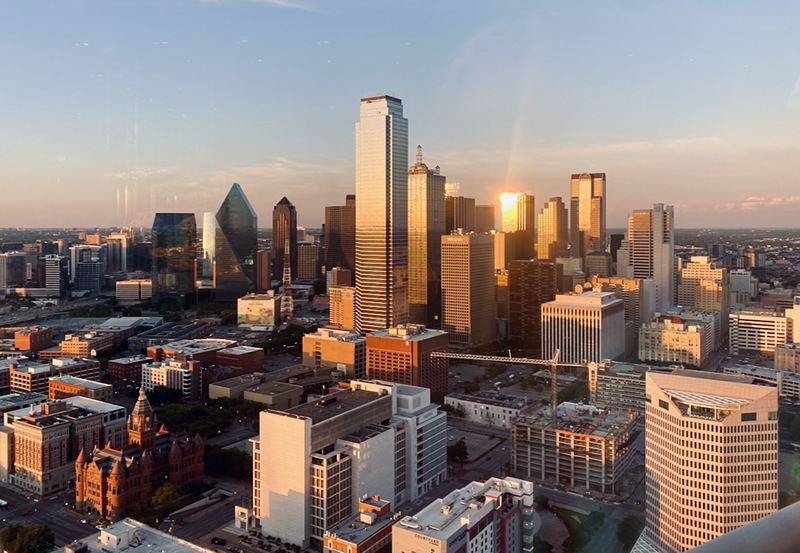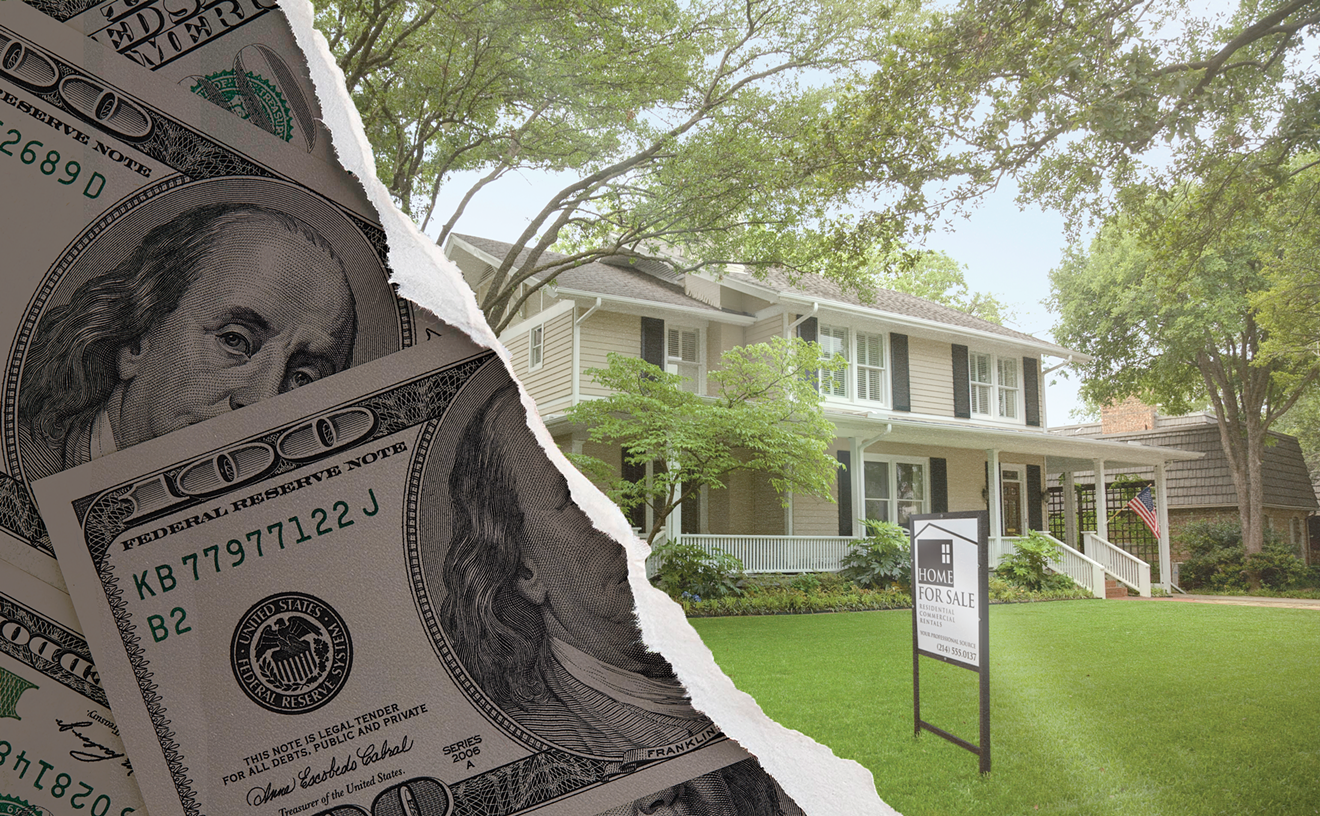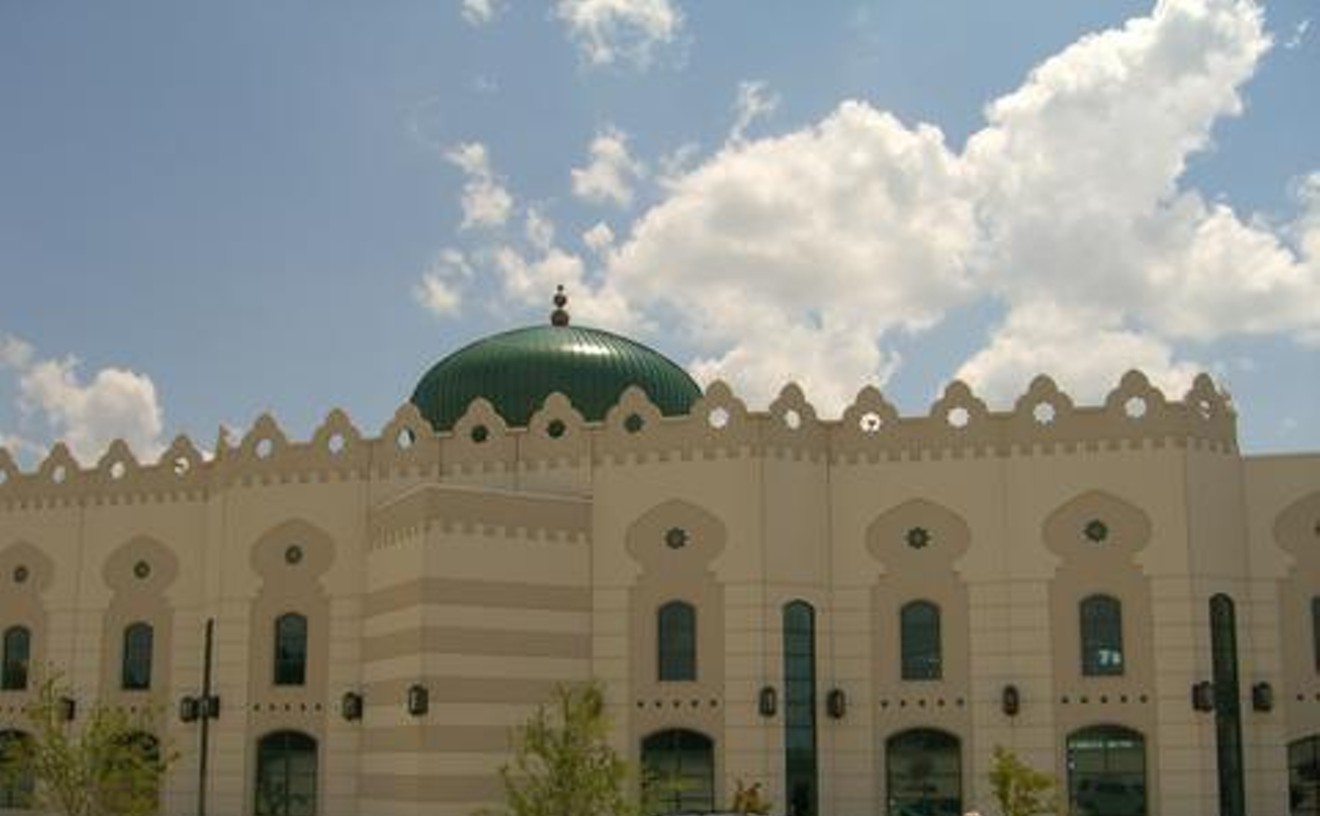Is everyone enjoying the final days of their mid-summer coolish front? Yes? Well, good, so are we.
As WFAA Meteorologist Pete Delkus so kindly reminded us, this summer has paled in comparison to last summer’s scorch. We’ve had half as many triple digit temperature days so far this year as we had by this time in 2023, but don’t be fooled. The heat will be back.
It always comes back.
Are you enjoying this July so far? Here's what last July looked like... in case you forgot! #wfaaweather pic.twitter.com/SgPW25X5HA
— Pete Delkus (@wfaaweather) July 25, 2024
And not all neighborhoods are created equal when it comes to the hot weather. This was the conclusion of the first half of a study conducted earlier this year by the city of Dallas and the National Oceanic and Atmospheric Administration. In neighborhoods where green space is lacking and concrete has been poured with abundance, the temperature can reach up to 10 degrees hotter than what the thermometer says, and what greener, more shaded pockets of the city are feeling.
The campaign to track urban heat islands in Dallas was held last summer across an oblong swath of the city, from the Love Field area, across most of West Dallas and Downtown, through the northern half of Oak Cliff and into Dallas’ southern sector. On Aug. 10, it’s the rest of the city’s turn. Volunteers have around 280 square miles to map, almost twice as much area as what was recorded last summer.
Data for the study will be taken by sensors attached to volunteers’ cars. The volunteers will drive along pre-arranged routes in the morning, midday and evening to record how the temperature in their area compares to the rest of Dallas. The city hopes to use the findings of the study to identify hotspots so that cooling solutions can be evaluated.
The results of last summer’s survey showed that 10 of the mapped neighborhoods experience temperatures up to 10 degrees higher than what’s on the thermostat on a regular basis. Those neighborhoods are Love Field, the Medical District, Uptown, Oak Lawn, Downtown, Deep Ellum, the Design District, West Dallas, Bishop Arts and the Stemmons/Market Center.
If that sounds like pretty much everywhere, it’s because it is. Climate Central researchers recently found that 81% of Dallas residents live in areas at least eight degrees warmer than the temperature recorded at the nearest park. That’s over one million people, making Dallas one of only six cities with that many residents exposed to a heat island. (Of those six cities, three are in Texas.)
Dallas’ heat island study will allow the city’s Office of Environmental Quality and Sustainability to look at data that was collected on a hyper-local level to help determine things like where to plant more trees, and what neighborhoods’ communities might be at risk of higher levels of heat-related illness.
Three of the neighborhoods surveyed last summer — the Medical District, West Dallas and Bishop Arts — were identified as having environmental justice concerns. According to a statement released by Dallas about the survey, historically disadvantaged neighborhoods are less likely to have access to ample green space, and Carlos Evans, the city’s Office of Environmental Quality and Sustainability director, said health risks from urban heat islands can include respiratory illnesses, heat exhaustion, heat stroke and death.
(While we're talking about efforts to make cooling off more equitable, it's worth mentioning that Dallas is currently considering closing nine city-owned pools, thanks to a $38 million budget shortfall. Seven of the nine pools are in "minority districts" south of I-30, the Dallas Morning News reports.)
The survey on Aug. 10 will track temperatures in the southern half of Oak Cliff, Lakewood, Pleasant Grove, Casa View, North Dallas and Far North Dallas.













